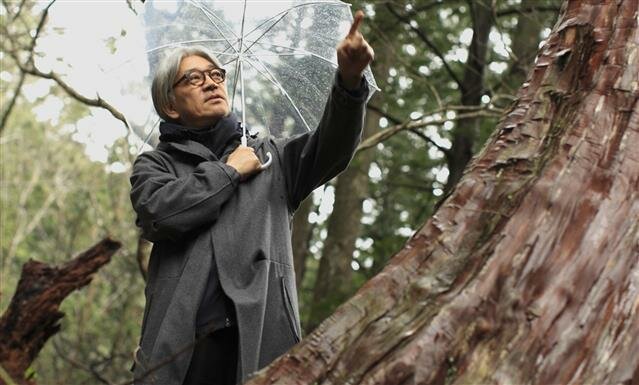

MUSIC
Ryuichi Sakamoto Interview
It is hard to think of an artist who is more multifaceted than Ryuichi Sakamoto, one of the founding members of the Yellow Magic Orchestra, a Japanese techno-pop band from the 70’s, he has collaborated with many cinematic geniuses, both through music scores and appearances, such as Pedro Almodovar, Bernardo Bertolucci, Oliver Stone and Nagisa Oshima, and the long list of his musical collaborators starting with David Byrne and Iggy Pop goes on and on. And his reach is way beyond the world of music; not only has he been involved with many activist groups such as the Free Tibet movement, and the anti-nuclear energy effort in Japan, but he has also started more trees, a non-profit organization he uses as a hub for various environmental related activities. With more trees, he has recently taken another challenge: finding a use for exterminated deer. Sakamoto offers an explanation as to why he thinks it is important.
(This story was originally published in Periscope iPad edition vol. 1. For the full, interactive story with a full length video, go to .)


RSS Feed